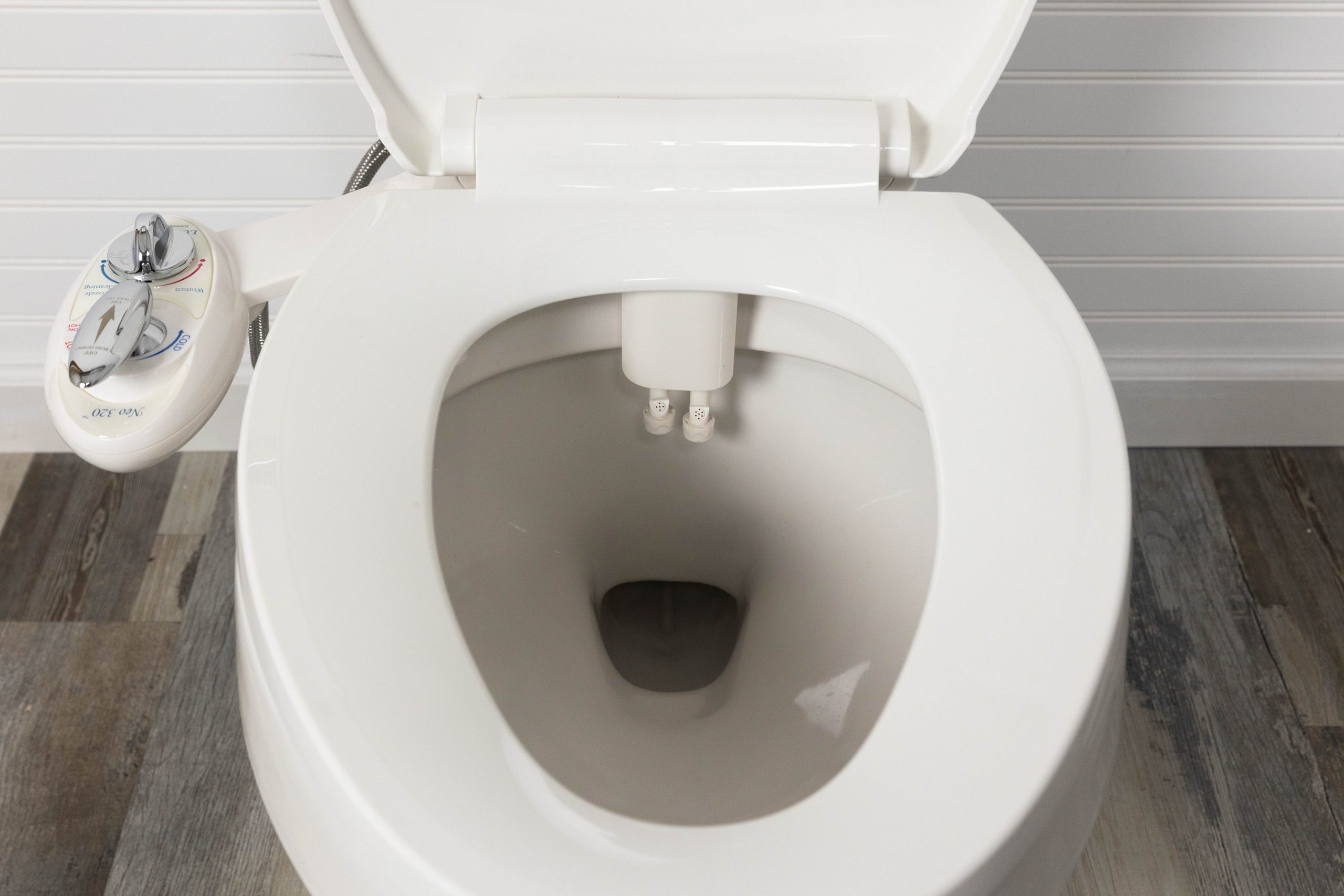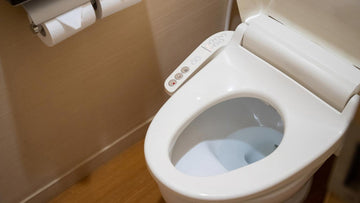In a world where cleanliness and hygiene are paramount, the question What is a bidet? often arises, especially among those looking to elevate their bathroom experience. As the concept of personal sanitation continues to evolve, understanding the functionality and benefits of a bidet becomes crucial. This article will explore the intricacies of bidets, their history, and their increasing relevance in modern society.
:max_bytes(150000):strip_icc():format(webp)/spr-bidet-attachments-may-24-test-bio-bidet-bb500-low-profile-electric-toilet-kelsey-hansen-24-59dd5b68080647599345a726d01a71c4.jpeg)
The Origin and Evolution of Bidets
The history of the bidet dates back to the early 18th century in France. Initially, it was a standalone fixture resembling a low sink or a small bathtub, designed to promote personal cleanliness. Over the centuries, its design and functionality have evolved significantly. Today, bidets are integrated into toilets or come as separate attachments, offering a range of features from heated seats to adjustable water pressure. For a detailed exploration of its history, you can refer to this history of bidets.
How Does a Bidet Work?
A bidet is designed to clean the genital and anal areas after using the toilet. It uses a stream of water to cleanse, offering a more hygienic alternative to toilet paper. Modern bidets come with various features such as adjustable water temperature, direction, and pressure, making them customizable to the user's comfort. To understand the mechanics in detail, check out this article on how bidets work.
The Benefits of Using a Bidet
Using a bidet offers numerous advantages over traditional cleaning methods. Firstly, it significantly reduces the need for toilet paper, making it an environmentally friendly choice. Additionally, it provides a more thorough cleaning, which can be particularly beneficial for individuals with mobility issues or certain medical conditions. Bidets are also known to reduce skin irritation and enhance personal hygiene. For insights into the health aspects, visit Cleveland Clinic's take on bidet health.
Are Bidets Sanitary?
This is a common concern for many considering the switch to a bidet. The simple answer is yes, bidets are sanitary. They utilize clean water, often the same water that comes from your tap, to wash away waste more effectively than toilet paper. This reduces the risk of spreading bacteria and maintains higher cleanliness standards. More about this can be explored in our article on sanitary benefits of bidets.
Installing and Using a Bidet
Installing a bidet can range from a simple DIY project to requiring professional help, depending on the type of bidet and your bathrooms existing plumbing. Most bidet attachments and toilet seat bidets are designed for easy installation. Using a bidet is straightforward; most units have controls to adjust water flow and direction. To ensure proper usage, you might want to read our guide on how to use a bidet.
Environmental Impact and Cost Savings
In addition to their hygiene benefits, bidets are also an environmentally conscious choice. By drastically reducing toilet paper usage, they help conserve water and trees, contributing to a lower carbon footprint. Furthermore, over time, the savings on toilet paper can offset the initial cost of purchasing and installing a bidet.
Conclusion: Embracing the Bidet
As we continue to prioritize health and hygiene, the question What is a bidet? becomes more relevant. With their historical roots and modern evolution, bidets represent a fusion of tradition and technology. They offer an effective and eco-friendly way to maintain personal cleanliness, aligning with the growing global emphasis on sustainable living.

Frequently Asked Questions
Are bidets easy to install?
Yes, most modern bidets are designed for easy installation, with many units being as simple as attaching a seat or a nozzle. However, standalone bidets might require professional plumbing.
Do bidets require electricity?
While basic bidet attachments don't require electricity, advanced models with features like heated seats and warm water do.
Can I use a bidet if I have sensitive skin?
Absolutely. In fact, bidets are often recommended for individuals with sensitive skin as they can reduce irritation compared to toilet paper.
For more comprehensive insights into bidet usage, you can explore the Wikipedia entry on bidets.
This article contains affiliate links. We may earn a commission at no extra cost to you.






